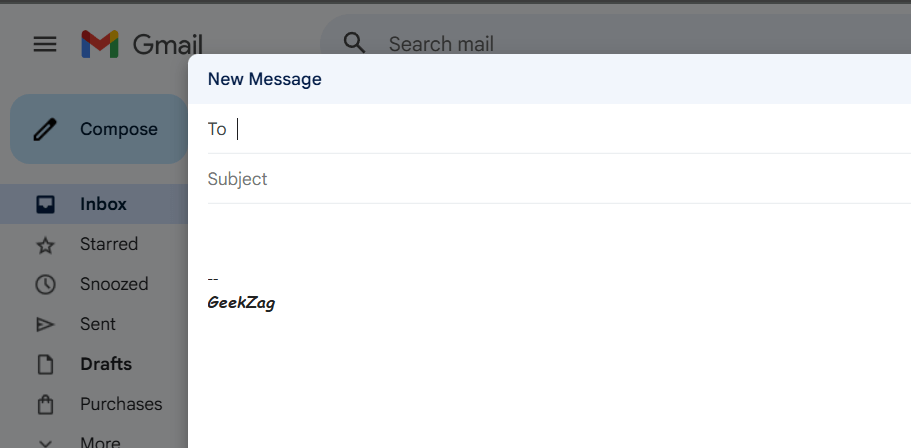If you’ve ever wondered how to create a signature in Gmail that looks professional, saves time, and works across devices, you’re in the right place. This guide walks you through every step—desktop, Android, and iPhone—plus formatting tips, templates, and troubleshooting.
- What is a Gmail Signature and Why Does It Matter?
- How to Create a Gmail Signature on Desktop (Web)
- How to Add a Gmail Signature on Android
- Open the Gmail app.
- How to Add a Gmail Signature on iPhone & iPad
- Formatting Your Gmail Signature
- Using Multiple Signatures & Defaults
- Troubleshooting Common Issues
- Advanced Gmail Signature Customization
- Do Gmail Signatures Sync Across Devices?
- How to Change or Remove a Gmail Signature
- Best Practices for Professional Gmail Signatures
- Signature Size & Deliverability
- Accessibility in Gmail Signatures
- Legal & Compliance Considerations
- Tracking Signature Performance
- Multilingual & Localized Signatures
- Security Best Practices
- FAQs About Gmail Signatures
- Conclusion
What is a Gmail Signature and Why Does It Matter?
A Gmail signature is the block of text, images, or links that automatically appears at the bottom of your emails. Think of it as your digital business card. Whether you’re a freelancer, student, or business owner, a polished signature boosts credibility, saves typing time, and reinforces your brand identity.
How to Create a Gmail Signature on Desktop (Web)
Follow these steps to set up your signature on a computer:
- Open Gmail and log into your account.
- Click the gear icon (⚙️) in the top-right corner.

- Select “See all settings.”
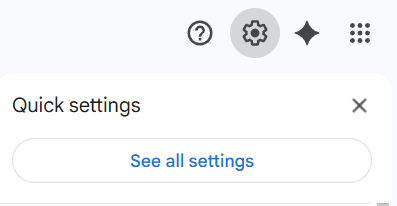
- In the General tab, scroll down to Signature.
- Click “Create new” and give your signature a name.

- Give you signature a title. Then click “Create“.
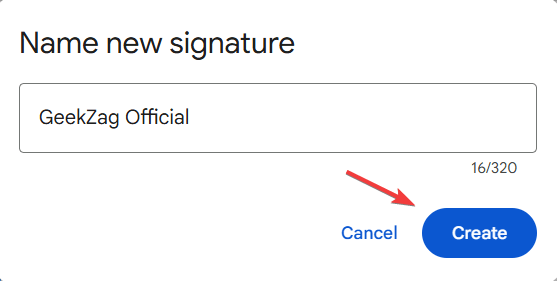
- Type your signature text. Use formatting tools to add bold, italics, links, or images.

- Under Signature defaults, choose when the signature should appear (new emails, replies, or both).

- Scroll down and click Save changes.
💡 Tip: Keep your signature concise—include your name, title, company, and contact info. Add a logo or social icons for branding.
How to Add a Gmail Signature on Android
On mobile, Gmail signatures are plain text only:
Open the Gmail app.
- Tap the menu (☰) → Settings.
- Choose the account you want to edit.
- Tap Mobile Signature.
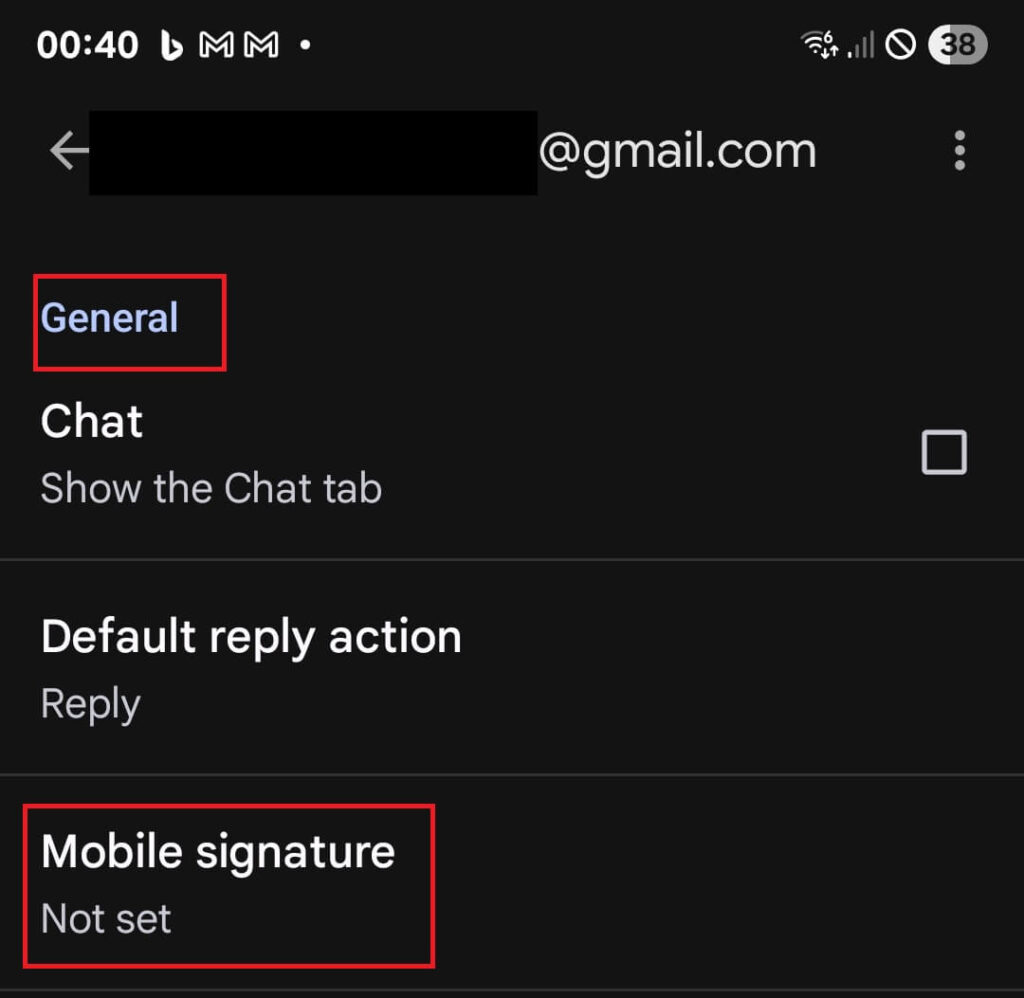
- Enter your text (e.g., “Best regards, John Doe”). Then click “Ok“.
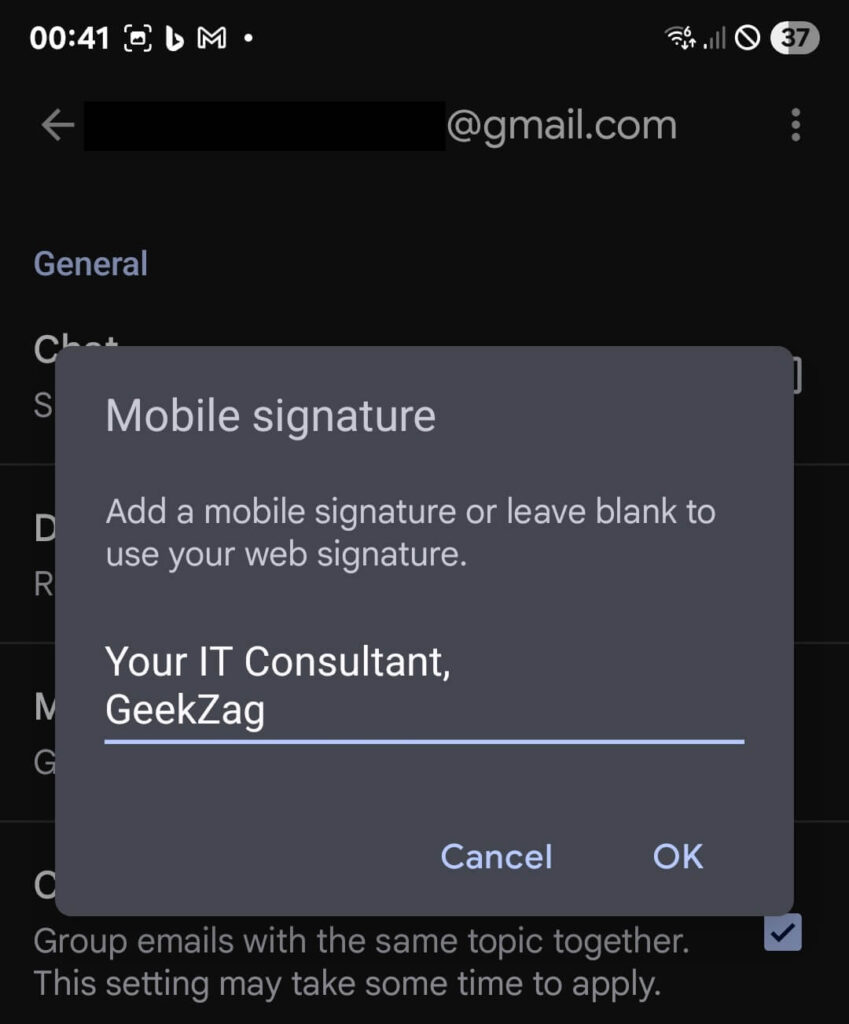
How to Add a Gmail Signature on iPhone & iPad
- Open the Gmail app.
- Tap the menu (☰) → Settings.
- Select your account.
- Toggle on “Mobile Signature.”
- Enter your text and save.
Formatting Your Gmail Signature
Want your Gmail signature to stand out? Here’s how to style it like a pro:
Watch the character count: Gmail gives you up to 10,000 characters, but keeping it concise makes it more effective and mobile-friendly.
Add images or logos: Click the image icon in the editor (desktop only) and upload a file that’s publicly accessible—Google Drive works well if sharing is enabled.
Insert links: Highlight the text you want to link, hit the link icon, and drop in your URL. Perfect for websites, booking pages, or social profiles.
Use social icons: Add small clickable icons that point to your LinkedIn, Instagram, or other platforms. Just make sure they’re clean and branded.
Using Multiple Signatures & Defaults
Need different email vibes for different situations? Gmail’s got you covered.
Just hit “Create new” to set up multiple signatures—one for fresh emails, another for replies or forwards.
If you’re juggling multiple addresses, you can even assign a unique default signature to each one. It’s flexible, fast, and super handy.
Troubleshooting Common Issues
Running into Gmail signature problems? You’re not alone—here’s how to fix the most common hiccups:
- Signature not showing? Head to your settings and double-check that your defaults aren’t set to “No signature.” It’s a quick fix that solves most visibility issues.
- Images not displaying? Make sure your logo or photo is hosted publicly—Google Drive works great, but don’t forget to enable sharing.
- Weird formatting? If your signature looks off after pasting, hit “Remove formatting” to clean it up and start fresh.
- Mobile mismatch?
Advanced Gmail Signature Customization
If you want to go beyond Gmail’s built-in editor, here are advanced options:
Branding Tips: Keep logos small (under 200px wide), use web-safe fonts, and ensure links are mobile-friendly.
HTML Signatures: Copy-paste HTML code into the editor for custom layouts, colors, or embedded icons.
Third-Party Tools: Platforms like WiseStamp or Exclaimer offer professional templates and branding features.
Do Gmail Signatures Sync Across Devices?
Not exactly. If you set up a Gmail signature on your computer, don’t expect it to magically appear on your phone—it doesn’t sync automatically.
Mobile signatures are plain text only, which means no logos, links, or fancy formatting.
The smart move? Create a polished, branded signature for desktop, and a clean, simplified version for mobile that still gets your message across.
How to Change or Remove a Gmail Signature
Whether you’re updating your job title, switching branding, or simplifying your email footer, knowing how to change or remove a Gmail signature is essential.
Gmail makes it easy to manage signatures across multiple accounts with just a few clicks—here’s how to do it efficiently.
Change: Go to Settings → General → Signature, select your existing signature, and edit it.
Remove: Select the signature and delete it, or set “No signature” under defaults.
Multiple Accounts: Repeat the process for each Gmail account you manage.
Best Practices for Professional Gmail Signatures
A well-crafted Gmail signature isn’t just a formality—it’s a powerful branding tool. By following best practices, you can create a signature that’s visually appealing, easy to read, and aligned with your professional identity.
Here’s how to make your signature work smarter, not harder.
- Keep it short and scannable (4–6 lines max).
- Use consistent fonts and colors aligned with your brand.
- Add one call-to-action (e.g., “Book a call,” “Visit our site”).
- Avoid clutter—too many links or images can look spammy.
Test your signature by sending yourself an email on both desktop and mobile.
Signature Size & Deliverability
Did you know that oversized signatures can hurt your email deliverability?
- Too many images or links may trigger spam filters.
- Keep your signature under 50KB for best results.
- Use compressed images and limit external links to essential ones only.
Accessibility in Gmail Signatures
Make your signature inclusive:
- Add alt text to images so screen readers can describe them.
- Avoid using only icons for social links—include text labels too.
- Use high-contrast colors for readability.
Legal & Compliance Considerations
In regulated industries, signatures may require disclaimers. Examples:
- Finance: “This email does not constitute financial advice.”
- Healthcare: HIPAA-related confidentiality notices.
- Legal: Attorney-client privilege disclaimers.
Adding these ensures compliance and professionalism.
Tracking Signature Performance
Want to measure impact? Add UTM parameters to links in your signature.
- Example:
?utm_source=email&utm_medium=signature&utm_campaign=branding - This lets you track clicks in Google Analytics and measure engagement.
Multilingual & Localized Signatures
If you work with international clients:
- Create bilingual signatures (e.g., English + Other Language).
- Adapt phone numbers to international format (+61 for Other Country).
- Use culturally appropriate sign-offs.
Security Best Practices
Keeping your Gmail signature secure is just as important as making it look professional. While it may seem harmless, poorly designed signatures can expose you to privacy risks or phishing vulnerabilities.
Here’s how to safeguard your information with smart, secure signature practices.
- Never include sensitive personal data (like ID numbers).
- Avoid embedding large images that could be spoofed.
- Stick to professional, verifiable links only.
FAQs About Gmail Signatures
Yes, but only on desktop. Use the image icon in the signature editor.
Check your Signature defaults in settings. If “No signature” is selected, it won’t appear.
Yes. Gmail allows multiple signatures, and you can switch between them when composing an email.
Go to Settings → General → Signature, select the signature, and delete it.
Yes, advanced users can paste HTML code into the editor for custom designs.
Conclusion
Now you know exactly how to create a signature in Gmail across desktop, Android, and iPhone. A well-designed signature saves time, builds trust, and strengthens your personal or business brand. Try out the templates, experiment with formatting, and share this guide with colleagues who want to look more professional in their emails.
IT Security / Cyber Security Experts.
Technology Enthusiasm.
Love to read, test and write about IT, Cyber Security and Technology.
The Geek coming from the things I love and how I look.

